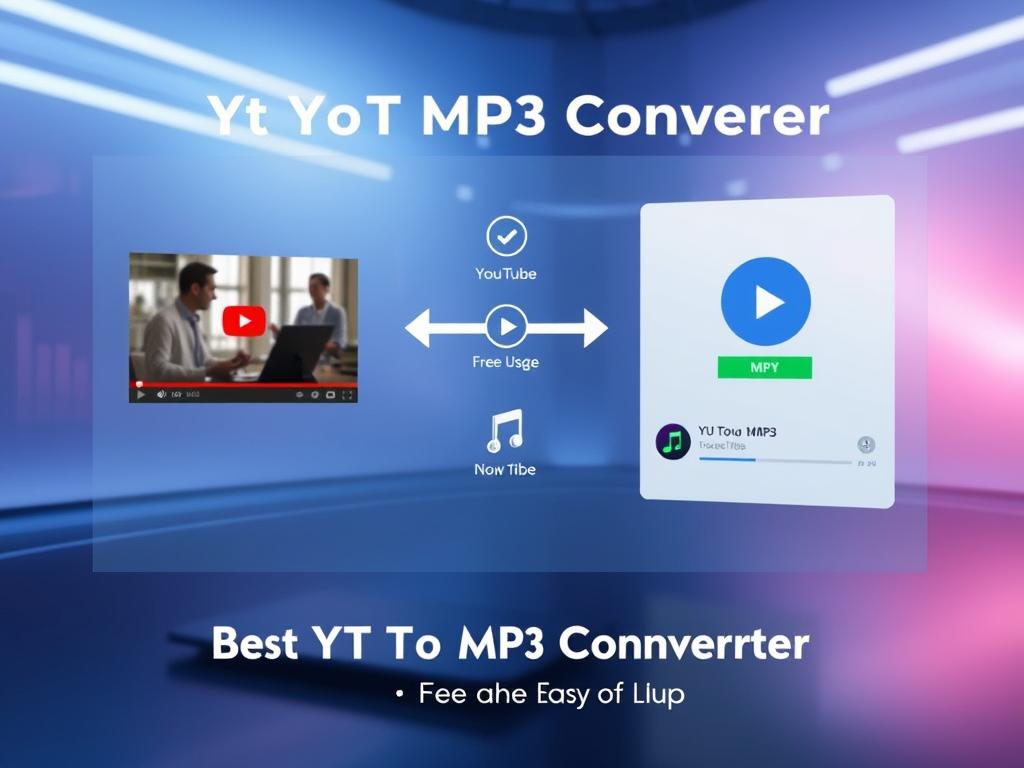Corporate videos are a powerful tool for businesses looking to build brand awareness, engage their audience, and communicate their message effectively. Whether your goal is marketing, training, or storytelling, a well-produced corporate video can leave a lasting impact.
To help you craft high-quality corporate videos that truly stand out, here are 10 expert tips to follow.
1. Set a Clear Goal and Know Your Audience
Every successful corporate video starts with a clear objective. Defining your purpose ensures that your video stays focused, relevant, and effective. Without a well-defined goal, your message can become diluted, making it difficult to achieve the desired outcome.
Equally important is understanding who your audience is. A video for potential customers will differ significantly from one meant for internal training. Consider your audience’s needs, pain points, and preferences. The more you tailor your video to resonate with viewers, the higher the chances of capturing their attention and keeping them engaged.
2. Leverage Professional AV Production for High-Quality Results
One of the biggest mistakes businesses make is underestimating the importance of professional audio-visual (AV) production. Poor lighting, shaky footage, and low-quality sound can make even the most valuable content feel unprofessional. Investing in professional AV production services can elevate the quality of your corporate video, ensuring it reflects well on your brand.
A professional team brings expertise in cinematography, lighting, and sound engineering, all of which contribute to a polished final product. High production values make your video more engaging and credible, helping your business stand out in a competitive digital landscape.
3. Tell a Story, Not Just a Sales Pitch
Storytelling is one of the most effective ways to engage an audience. Instead of creating a dry, fact-heavy corporate video, focus on crafting a compelling narrative that connects with viewers on an emotional level. People are more likely to remember stories than generic advertisements.
Consider incorporating elements like real customer experiences, behind-the-scenes footage, or employee insights to make your video more relatable. Show how your product or service solves a problem, rather than just listing its features. A well-told story can build trust, strengthen brand loyalty, and make your video more memorable.
4. Keep It Short and Engaging
Most viewers won’t sit through a long-winded corporate video, so it’s important to keep your content concise and engaging. While the ideal length varies depending on the platform and purpose, most corporate videos should aim to be between 60 seconds and three minutes.
To maintain engagement, use snappy editing, dynamic visuals, and clear messaging. Avoid lengthy introductions—get to the point quickly. If your video needs to be longer, break it up into shorter, digestible segments that are easier for viewers to absorb. A well-paced video ensures that your audience stays interested from start to finish.
5. Optimize Your Video for Multiple Platforms
Corporate videos can be shared across various platforms, including websites, social media, YouTube, LinkedIn, and email campaigns. However, a one-size-fits-all approach doesn’t work. Each platform has its own best practices for video formatting, length, and style.
For example, social media videos should be short, attention-grabbing, and optimized for mobile viewing. LinkedIn videos tend to perform well when they are professional and informative. Website videos can be more in-depth, providing valuable content for visitors looking for detailed insights.
6. Focus on High-Quality Audio and Clear Voiceovers
While visuals are important, bad audio can ruin even the best-shot video. Background noise, muffled voices, or poor sound quality can make it difficult for viewers to understand your message. Investing in high-quality microphones and sound engineering ensures that your audio is clear and professional.
If your video includes narration, consider hiring a professional voiceover artist. The tone, pacing, and clarity of the narration can influence how your audience perceives your brand. A warm, engaging voice can make your content more inviting, while a confident, authoritative tone is ideal for professional and instructional videos.
7. Use Strong Visuals to Support Your Message
A corporate video should be visually appealing to maintain viewer interest. Instead of relying solely on talking heads or text-heavy slides, incorporate animations, infographics, and dynamic b-roll footage to enhance storytelling. Visual elements help reinforce key messages and make complex ideas easier to understand.
B-roll footage, such as behind-the-scenes clips, customer interactions, or product demonstrations, adds variety and prevents the video from feeling monotonous. Using a mix of primary footage, motion graphics, and well-designed text overlays can make your video more engaging and visually compelling.
8. Include a Strong Call-to-Action (CTA)
A corporate video should not just inform or entertain- it should drive action. Whether you want viewers to visit your website, sign up for a webinar, request a consultation, or follow your social media, a clear call-to-action (CTA) ensures they know what to do next.
The best CTAs are short, persuasive, and easy to follow. Use on-screen text, clickable buttons, or a voiceover prompt to guide viewers toward the next step. Placing your CTA at the end of the video or subtly throughout, helps convert passive viewers into engaged customers or leads.
9. Maintain Brand Consistency
Your corporate video should align with your brand’s identity, tone, and messaging. Consistency in colors, fonts, logos, and overall style reinforces brand recognition and makes your content more cohesive. When your video aligns with your existing branding, it helps build trust and familiarity with your audience.
However, maintaining brand consistency doesn’t mean making your video overly promotional. Instead of a hard sell, focus on delivering value and authenticity. A video that feels genuine and informative will resonate better with viewers than one that is purely an advertisement.
10. Measure Performance and Improve Future Videos
Once your video is live, it’s essential to track its performance. Analyze key metrics such as views, engagement rates, watch time, and conversions to understand how well your video is resonating with the audience. These insights help you determine what’s working and what needs improvement.
A/B testing different video formats, lengths, or messaging styles can provide valuable data on what your audience prefers. Learning from past performance allows you to refine your strategy and create even more effective corporate videos in the future. Continuous optimization ensures that your videos keep delivering results.
Final Thoughts
A well-executed corporate video can be a game-changer for your business, strengthening brand presence and engaging your audience in meaningful ways. With the right approach, your corporate video won’t just be another piece of content, but a powerful asset that drives real business growth.
Also, visit: Corporate tax rate in Hong Kong










